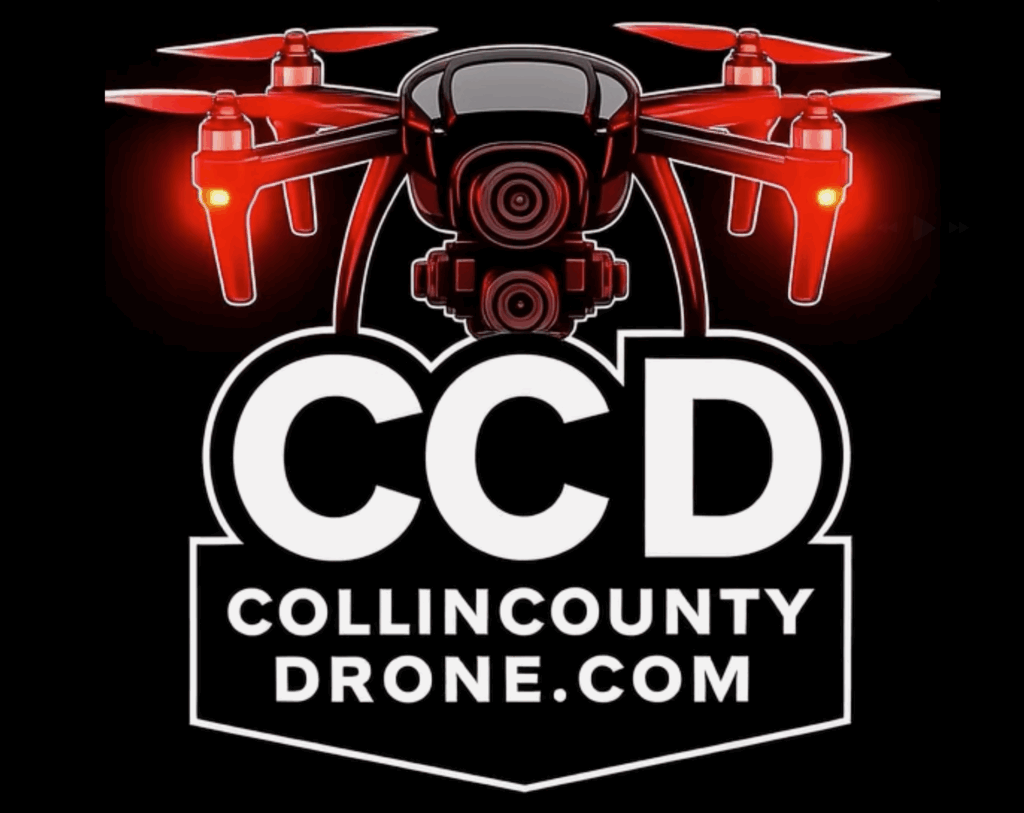
- content by Frank J. Segarra
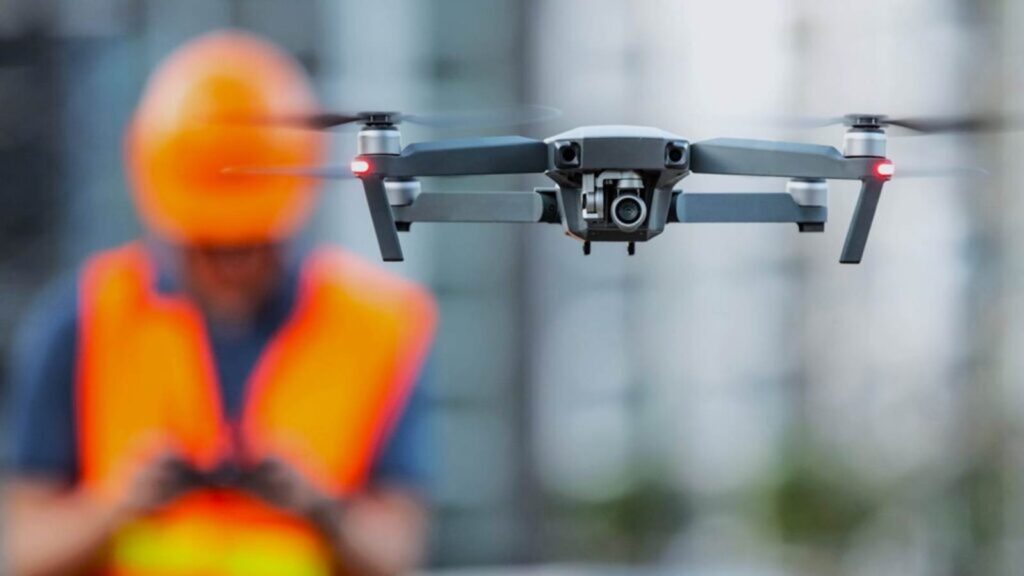
The Digital Renaissance of Construction
Construction is entering an age of radical transformation. Once dependent on manual processes and traditional equipment, today’s job sites are becoming ecosystems of automation, data intelligence, and precision. Among the driving forces of this evolution are two powerful technologies, Artificial Intelligence (AI) and Unmanned Aerial Systems, otherwise known as “drones”. Individually, each has disrupted industries across the globe. But when combined, AI-powered drones are redefining how construction projects are designed, executed, monitored, and maintained. For developers, project owners, and investors, the question is no longer whether these technologies will shape the future; it’s how soon you’ll integrate them into your operations.

What Is Artificial Intelligence—and Why It Matters in Construction
Artificial Intelligence (AI) refers to computer systems that can perform tasks traditionally requiring human intelligence, reasoning, learning, problem-solving, and perception. At the core of AI is machine learning (ML), a subset where algorithms learn from data to make better predictions and decisions over time. In the construction industry, AI acts as the brain behind digital transformation. It digests millions of data points—drawings, sensor readings, material costs, and progress photos—to optimize schedules, identify risks, and increase job-site efficiency. Through pattern recognition and predictive analytics, AI doesn’t just observe; it learns. This learning capability makes it the ideal partner for drones, which act as the eyes and ears of the modern construction site.
These limitations have fueled the demand for smarter, data-driven, and safer alternatives, and this is where artificial intelligence, drones, and robotic technology start to take center stage.
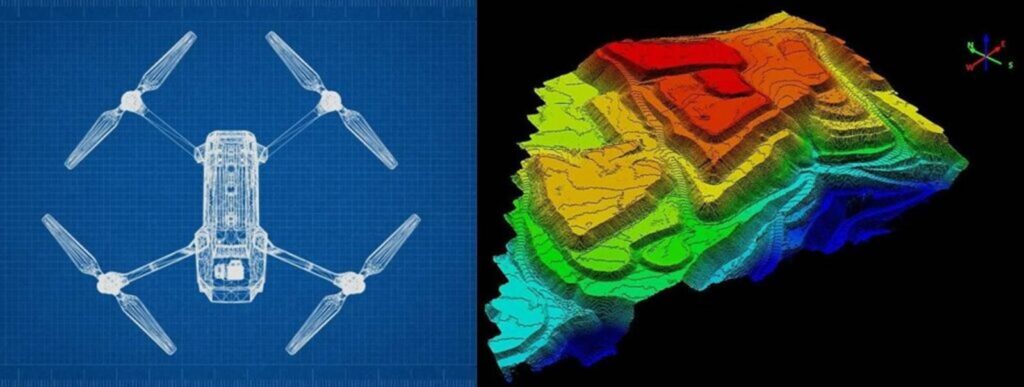
A Brief Overview of Drone Technology
Drones—formally known as Unmanned Aerial Vehicles (UAVs)—are aircraft that operate without an onboard pilot. Controlled remotely or through pre-programmed flight plans, they can carry a range of sensors, including:
- RGB and thermal cameras for visual and heat mapping
- LiDAR scanners for high-precision 3D terrain modeling
- Multispectral sensors for environmental and agricultural analysis
Their versatility has made drones indispensable across multiple sectors: energy, agriculture, security, and most recently, construction. Yet, the true power of drones emerges when they become more than flying cameras. When fused with artificial intelligence, they evolve from data collectors into data interpreters capable of autonomous decision-making and actionable insight generation, ultimately being seen as workforce multipliers.
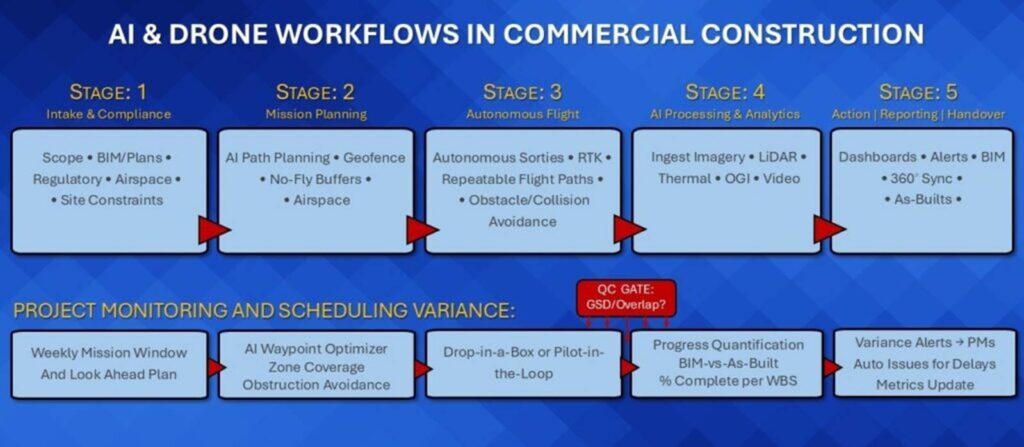
The Convergence: Artificial Intelligence Meets Drone Technology
When AI meets UAV, the result is a self-learning system that can perceive, analyze, and act in real time. This convergence addresses one of construction’s most significant challenges: transforming massive data sets into meaningful, actionable intelligence. AI enhances drone performance through:
- Machine learning algorithms that identify objects, detect patterns, and classify materials.
- Computer vision is the process of interpreting imagery to recognize structures, defects, and hazards.
- Autonomous flight optimization, where drones learn to adapt routes and avoid obstacles dynamically.
Instead of adhering to rigid rules, AI-driven drones can understand context. They recognize whether an object is rebar, a structural crack, or scaffolding—and respond appropriately. This dynamic intelligence enables drones to execute complex tasks without direct human control, from automated façade mapping to real-time volumetric calculations.
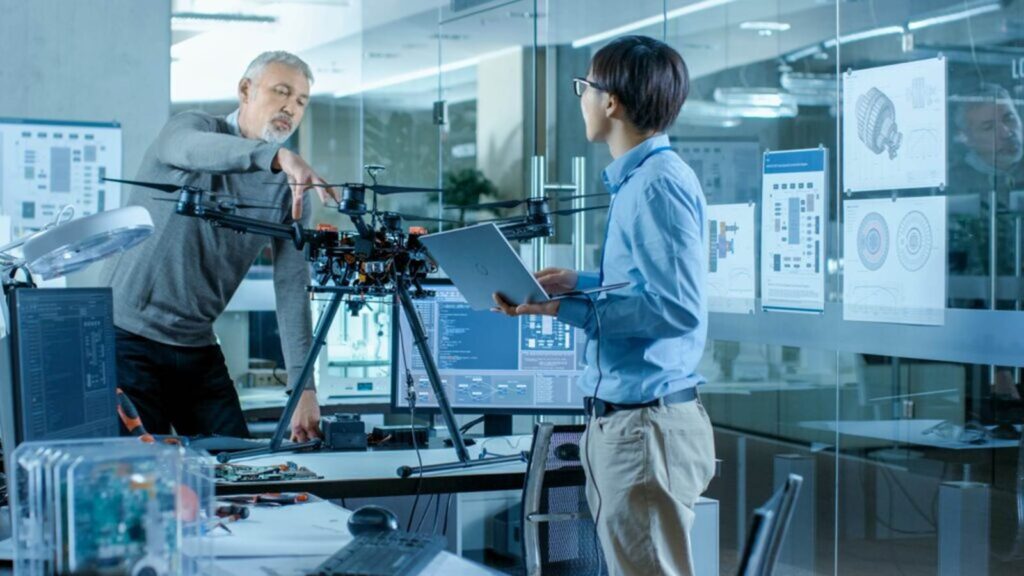
How AI-Powered Drones Work
At their core, AI drones combine sensors, algorithms, and onboard computing to create a feedback loop of learning and adaptation:
- Data Collection – Cameras and LiDAR sensors capture high-resolution spatial data.
- Processing and Learning – AI algorithms analyze the incoming data to identify features, classify surfaces, and detect anomalies.
- Decision-Making – Based on what the drone perceives, it can autonomously adjust its flight path, avoid obstacles, or re-scan areas of interest.
- Actionable Insights – The processed data is visualized as reports, maps, or 3D models for engineers, architects, and project managers.

AI drones can analyze vast areas in minutes, process terabytes of visual data, and deliver precise, repeatable results—all while minimizing human exposure to risk. Artificial intelligence doesn’t just make drones autonomous—it makes them intelligent collaborators on the construction site. Key advantages include:
- Obstacle Avoidance and Safety: AI enables drones to perceive their surroundings using computer vision and depth sensors. They can navigate through complex environments, avoiding obstacles such as cranes, power lines, and building exteriors—critical for urban construction zones and high-rise inspections.
- Efficiency Through Route Optimization: AI flight-planning tools analyze terrain, weather, and mission parameters to determine the most efficient routes. This reduces battery consumption and flight time while maximizing data coverage.
- Real-Time Data Processing: Instead of waiting for post-flight analysis, AI allows drones to process data mid-flight. When anomalies such as cracks or heat signatures are detected, the drone can instantly adjust focus or revisit that area—dramatically improving data quality and responsiveness.
- Enhanced Human-Machine Collaboration: AI systems learn from experienced operators, replicating their decision patterns. Over time, drones become more intuitive, assisting rather than replacing human expertise. This synergy elevates safety, consistency, and operational ROI.
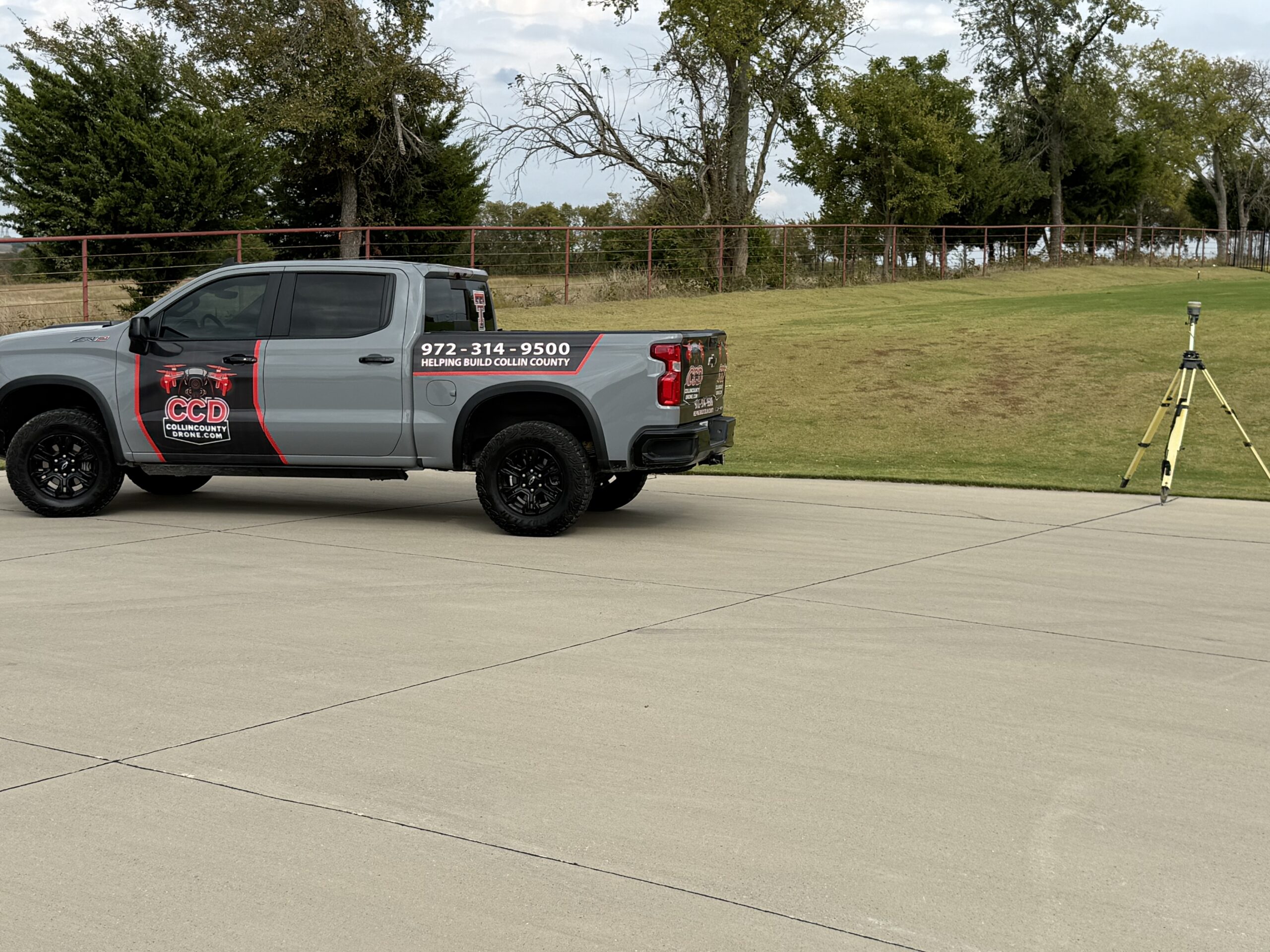
Industry Applications: AI and Drones in Action
- Agriculture: AI-enabled drones can assess crop health, estimate yield, and automate irrigation through precision mapping. By analyzing multispectral imagery, they help farmers make data-driven decisions on planting schedules and fertilizer distribution.
- Energy and Utilities: In the power sector, drones equipped with AI detect corrosion, leaks, and thermal anomalies on pipelines, towers, and solar arrays—without requiring shutdowns or human exposure to high-risk environments.
- Construction and Infrastructure: Perhaps the most transformative impact occurs within construction, where AI-driven drones streamline workflows, enhance safety, and cut inspection times from weeks to days.
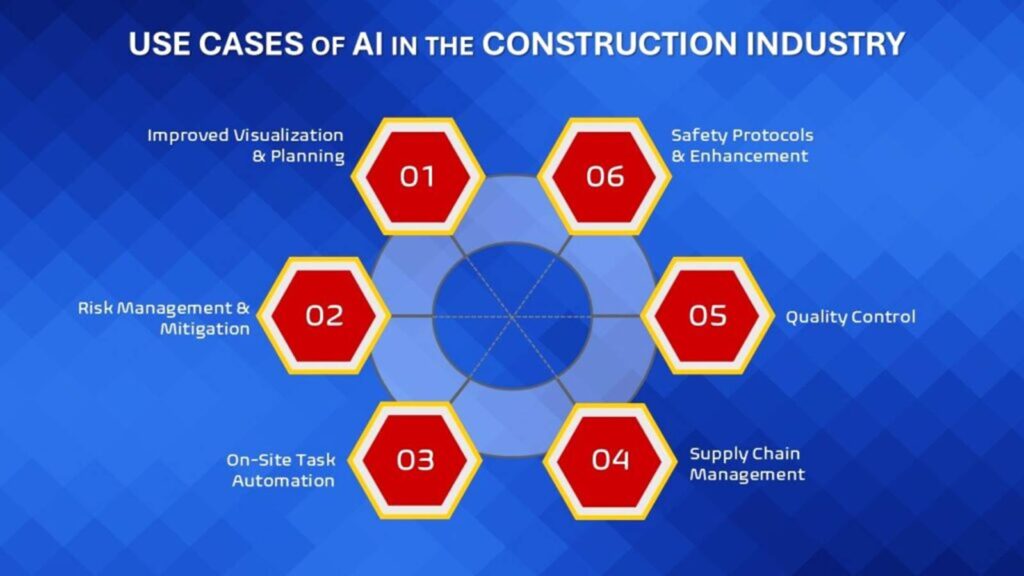
The Construction Revolution: AI-Powered Drones on the Job Site
Few construction tasks are as critical—or as hazardous—as structural inspection and progress monitoring. High-rise façades, bridges, tunnels, and industrial tanks require constant oversight. Traditionally, this meant scaffolding, rope access, and extensive manual labor. Now, AI drones have redefined what’s possible.
The Challenge with Traditional Methods
- Safety Risks: Inspectors often face hazardous conditions.
- Cost and Time: Manual documentation requires cranes, lifts, and long site closures.
- Subjectivity: Human error can lead to missed defects or inconsistent reporting.

The AI Drone Advantage
AI-enabled drones eliminate these inefficiencies by combining autonomous data capture with automated defect detection. They produce objective, repeatable results at a fraction of the cost and time.
Case Study: AI-Driven Bridge Inspection: An inspection of a mid-span truss bridge illustrates the measurable impact of AI-powered drones:
Technology Stack
- Platform: DJI M350 drone
- Payload: High-resolution P1 RGB camera + thermal sensor
- Software: AI-based visual analytics trained on structural defect models
Mission Execution
Autonomous flight paths were generated from CAD and GIS data. The drone captured thousands of georeferenced images covering every structural element. Within hours, the data was uploaded to a cloud AI engine that analyzed the imagery for micro-fractures, corrosion, and bolt fatigue.
Results
- Inspection time reduced by 80%
- Detection accuracy improved by 30%
- Zero human exposure to at-height hazards
- A complete inspection report—including annotated imagery and severity scores—delivered within hours
This real-world success underscores how AI in drone technology delivers measurable ROI, both financially and operationally.
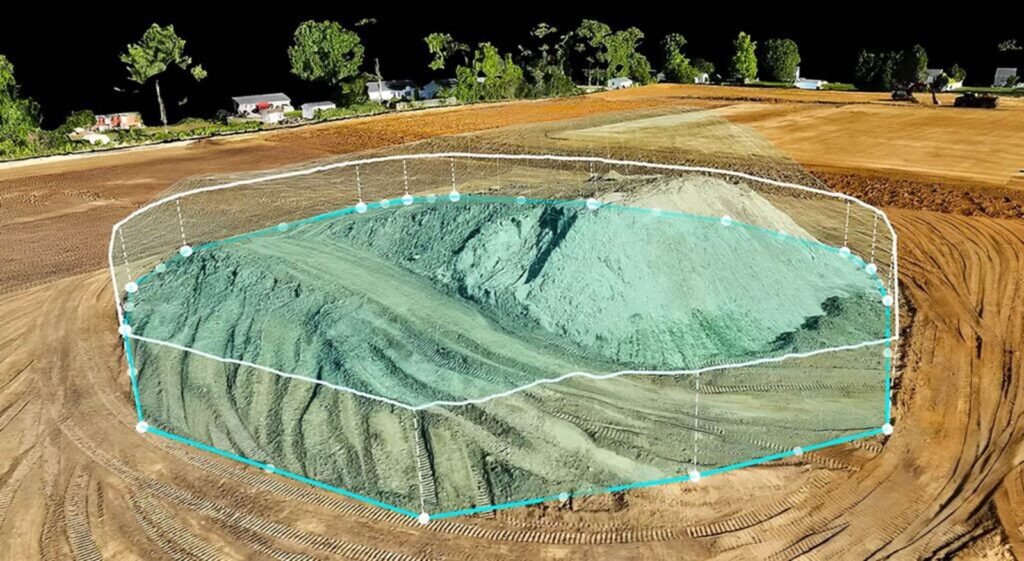
Beyond Visuals: The Next Frontier of AI in Construction
- Predictive Analytics By analyzing historical inspection data, AI can predict when a structure may require maintenance—allowing proactive scheduling before failure occurs. This predictive capability reduces downtime and enhances asset longevity.
- 3D Modeling and Digital Twins: Drones equipped with LiDAR create detailed 3D representations of construction sites. When paired with AI and Building Information Modeling (BIM), these “digital twins” provide live updates on site conditions and progress.
- AR/VR Integration: Augmented and virtual reality applications enable engineers to remotely immerse themselves in the site, reviewing AI-identified defects in 3D environments to facilitate faster collaboration.
- Multi-Sensor Fusion: AI synthesizes input from visual, ultrasonic, and thermal sensors to uncover hidden defects—like moisture intrusion or rebar corrosion—improving diagnostic precision.
AI-Powered Project Administration
AI extends beyond data capture, reshaping how construction projects are managed:
- Predictive Scheduling: AI evaluates progress data to forecast bottlenecks and dynamically adjusts timelines.
- Cost Optimization: By correlating drone-captured productivity metrics with budgets, managers can identify inefficiencies in real time.
- Risk Mitigation: AI assesses safety trends and recommends preventive measures before incidents occur.
Together, these capabilities enable data-driven leadership—allowing C-suite executives to make smarter, faster, and more profitable decisions.

The Strategic Edge for C-Level Stakeholders
For executives, adopting AI-powered drone solutions isn’t simply a matter of innovation; it’s a competitive advantage.
- Speed: Accelerated project timelines mean faster revenue recognition.
- Safety: Reduced human exposure lowers insurance costs and liability.
- Accuracy: AI-based analytics provide auditable, objective data.
- Sustainability: Optimized resource use aligns with ESG and environmental goals.
Organizations investing early in AI drone partnerships are already realizing higher ROI, streamlined workflows, and improved stakeholder confidence.

The Future: From Automation to Autonomy
As AI continues to evolve, drones will transition from assisting humans to coordinating entire operations. Imagine fleets of AI-driven drones autonomously mapping, inspecting, and reporting—integrated seamlessly into IoT platforms and enterprise dashboards. These systems will continuously learn from their missions, improving accuracy, safety, and predictive power over time. For construction companies, this isn’t science fiction; it’s the foundation of autonomous infrastructure intelligence.
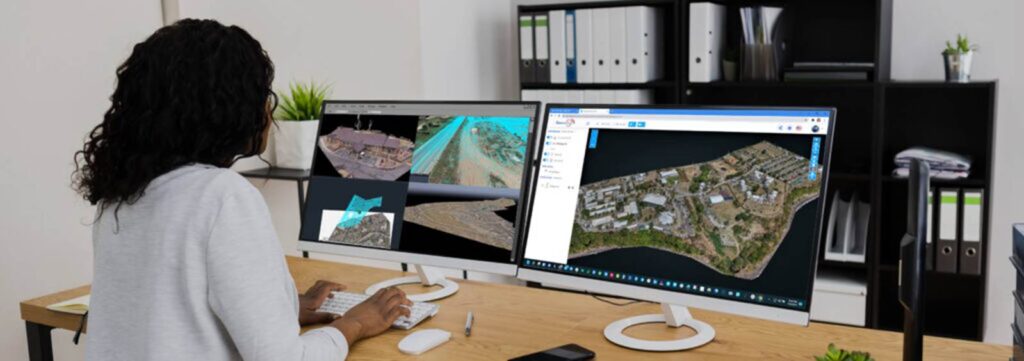
Conclusion: Building Smarter, Safer, and Faster with AI-Powered Drones
The construction industry stands at the crossroads of innovation. By embracing AI and drone integration, organizations can dramatically enhance productivity, safety, and profitability. From autonomous bridge inspections to predictive maintenance and digital twins, AI-powered UAVs are redefining what’s possible in construction oversight. For C-level leaders and investors, the opportunity lies not in experimenting—but in partnering with turn-key drone service providers who understand how to operationalize this technology on a scale. The future of construction isn’t just about building higher, it’s about building smarter, safer, and faster through the intelligence of machines that see, think, and learn.

Frank J. Segarra
Chief Revenue Officer
About the Author
Frank J. Segarra is a veteran aerospace and unmanned systems executive and the Chief Revenue Officer at Sky Ladder Drones™, a national leader in AI-enabled aerial data acquisition. With more than 30 years of experience in technology and geospatial analytics, he helps organizations unlock the full value of UAVs and AI for construction, energy, and critical infrastructure. Ready to transform your inspection strategy?
Discover how Sky Ladder Drones combines AI, UAVs, and advanced analytics to future-proof your infrastructure.Privacy Policy
SKY LADDER DELIVERS EXPERT DRONE SERVICES NATIONWIDE